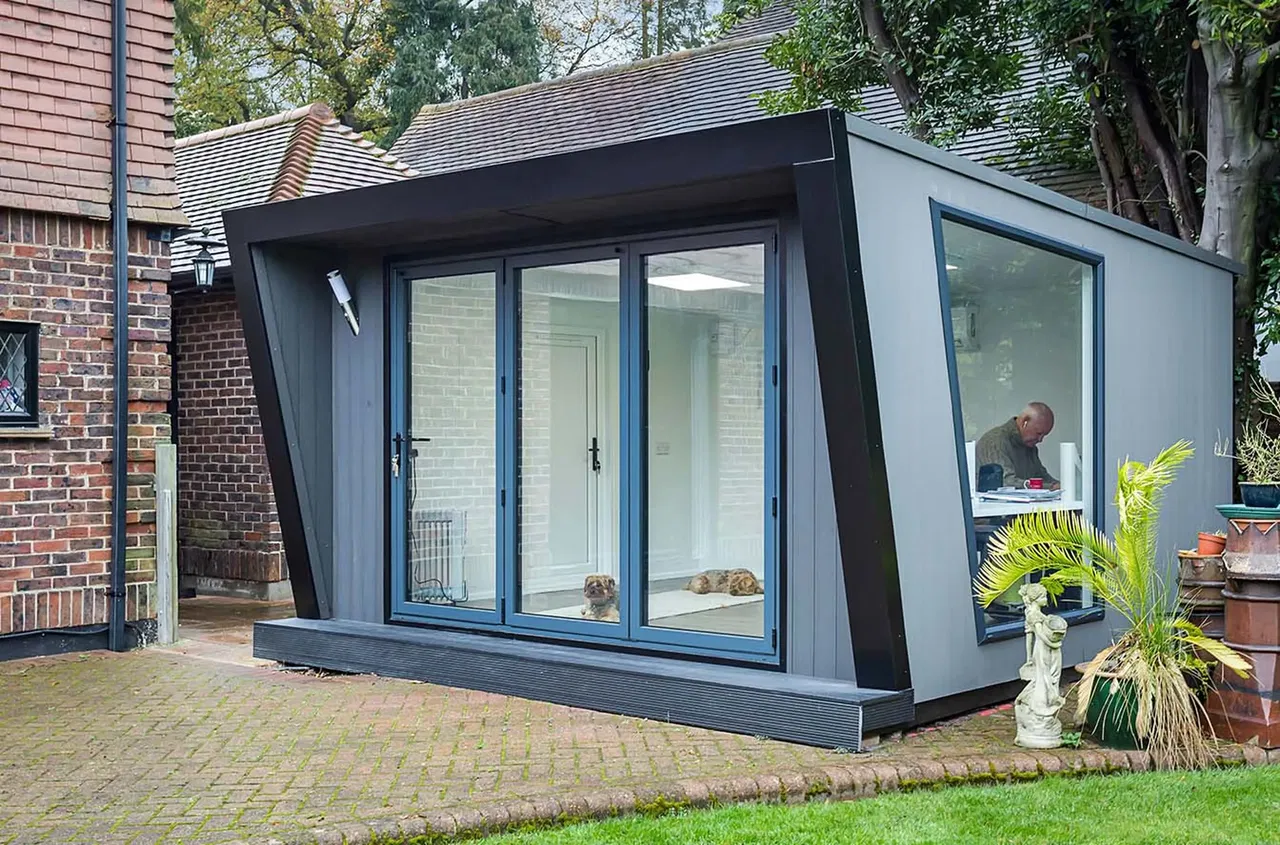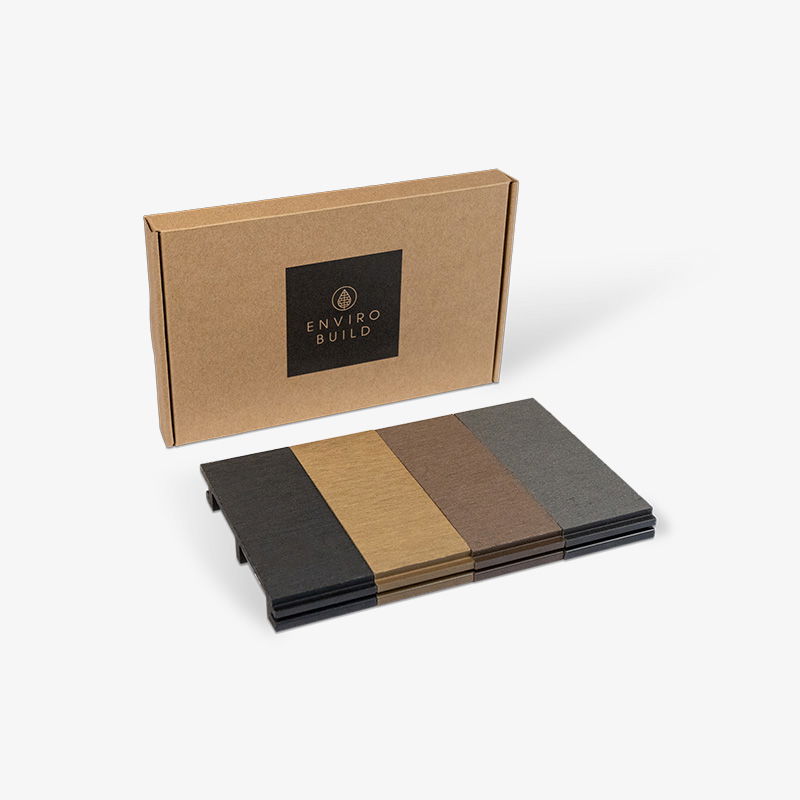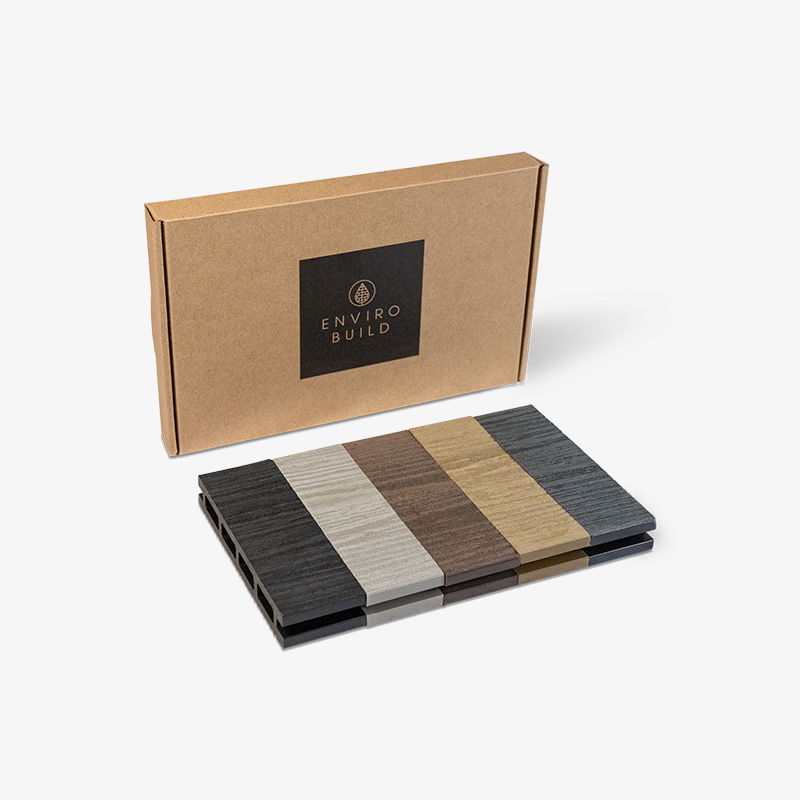Composite Cladding Design Ideas: Transform Your Exterior with Style
Composite cladding has transformed modern architecture, offering the natural warmth of timber with the durability and low maintenance of engineered materials. Whether you’re upgrading a residential façade, designing a garden room or specifying materials for a commercial project, composite cladding opens endless design possibilities.

Author Name
Chief Writer
Thu, 28 Jul 2026

From bold contemporary façades to subtle natural tones, this guide explores composite cladding design ideas to inspire your next project.
1. Vertical Cladding
One of the biggest trends in exterior design is vertical cladding. Running boards vertically accentuates the height of a building, creating a sleek, architectural appearance that feels modern yet timeless.
Design benefits:
Visually elongates façades and garden rooms.
Works beautifully on narrow or tall structures.
Provides clean, uniform lines ideal for modern homes.
Vertical installation also enhances water run-off, making it a practical choice for the UK climate. It’s popular for garden offices, extensions and multi-storey façades.
2. Horizontal Cladding
Horizontal cladding remains the go-to layout for traditional homes and contemporary extensions alike. It creates a balanced, linear look that complements both rural and urban settings.
Design ideas:
Pair light oak or cedar tones with dark trims for contrast.
Align boards with existing architectural lines such as windowsills or balconies.
Use long, wide-profile boards for a more minimalist finish.
Horizontal layouts work particularly well on larger façades, offering a familiar, natural aesthetic that feels grounded and refined.
3. Mixed Orientation Cladding
For projects that need extra visual depth, consider mixing vertical and horizontal cladding on different sections of the building.
Examples:
Run horizontal boards on the ground floor and vertical on the upper level.
Frame architectural features, such as doorways or balconies, with a change in direction.
This approach creates visual rhythm and contrast, emphasising structure while maintaining cohesion across the overall design.
4. Slatted-Style Cladding
Slatted or batten-style composite cladding is a leading design trend across both residential and commercial projects. It replicates the look of individual timber battens but delivers the low-maintenance durability of composite materials.
Why it works:
Adds texture and shadow for a natural yet modern look.
Ideal for screening, soffits or ventilated façades.
Provides a lightweight, easy-to-install system with hidden fixings.
Combine slatted cladding with contrasting surface finishes for a sophisticated, architectural feel.
5. Combine Colours for Contrast
Composite cladding is available in a wide range of wood tones, greys and charcoals, allowing creative freedom to personalise any façade.
Design combinations:
Use light grey or silver tones with black window frames for modern minimalism.
Pair warm walnut or oak tones with natural stone or brickwork for a balanced, earthy feel.
Introduce two-tone designs, such as darker accent panels or vertical contrasts, to highlight structural features.
Colour mixing can define different architectural volumes or create a strong design statement without increasing maintenance complexity.
6. Cladding for Garden Rooms and Outbuildings
Composite cladding is the perfect choice for garden offices, studios and annexes, offering both visual harmony and long-term protection.
Design ideas:
Choose vertical cladding in mid-grey or oak tones for a Scandi-inspired look.
Add matching composite decking to create a seamless transition from interior to exterior.
Integrate aluminium or black trims for a sharp, contemporary detailing.
The consistent finish and fade resistance of composite cladding make it ideal for standalone structures that face full weather exposure year-round.
7. Feature Walls and Accents
You don’t need to clad an entire building to make an impact, partial cladding or feature walls can create stunning visual focal points.
Popular uses:
Clad around entranceways or patio doors to frame openings.
Use cladding on upper-storey gables for modern contrast.
Create decorative garden walls or privacy screens using the same material as your deck.
This approach delivers a premium architectural finish while maintaining balance with other exterior materials like brick, render or stone.
8. Blending Cladding with Other Materials
Composite cladding pairs effortlessly with a range of finishes, allowing you to design façades that feel layered and complete.
Successful combinations include:
Composite cladding and aluminium decking for balcony façades.
Cladding and brickwork for extensions or mixed-use developments.
Cladding and porcelain paving for garden room terraces.
By balancing natural and engineered materials, you can achieve both visual interest and long-term durability.
9. Use Lighting to Highlight Texture
Lighting transforms cladding from day to night. Wall washers, spotlights or concealed LED strips emphasise grain texture and shadow depth, enhancing visual impact.
Tips:
Position downward lights to create soft vertical shadows.
Use warm-white tones to complement wood-look finishes.
Outdoor-rated lighting can be recessed into façades or fixed discreetly to achieve a polished, high-end appearance.
10. Sustainable and Low-Maintenance Design
Beyond aesthetics, the best cladding designs are those that combine beauty with sustainability.
Composite systems use recycled wood fibres and plastics, are UV- and weather-resistant, and require no chemical staining or repainting, making them ideal for environmentally conscious builds.
Whether you’re designing for a modern eco-home, commercial façade or retrofit project, composite cladding delivers architectural style with minimal environmental impact.
Bringing Your Cladding Design to Life
When planning your composite cladding design:
Choose a layout orientation that complements your building shape.
Select colours and finishes that balance natural and contemporary tones.
Coordinate cladding with decking, fencing and trims for consistency.
Incorporate lighting and landscaping to enhance the overall composition.
Design Freedom Meets Performance
From vertical feature façades to slatted garden rooms and mixed-material compositions, composite cladding offers limitless design potential with none of the maintenance challenges of timber.
Whether your goal is subtle sophistication or bold architectural expression, composite cladding helps you create exteriors that last, beautifully and sustainably.
Explore Composite Cladding Design Possibilities
EnviroBuild offers a full range of composite cladding systems, available in a variety of profiles, colours and finishes suitable for residential, commercial and modular DIY projects.








